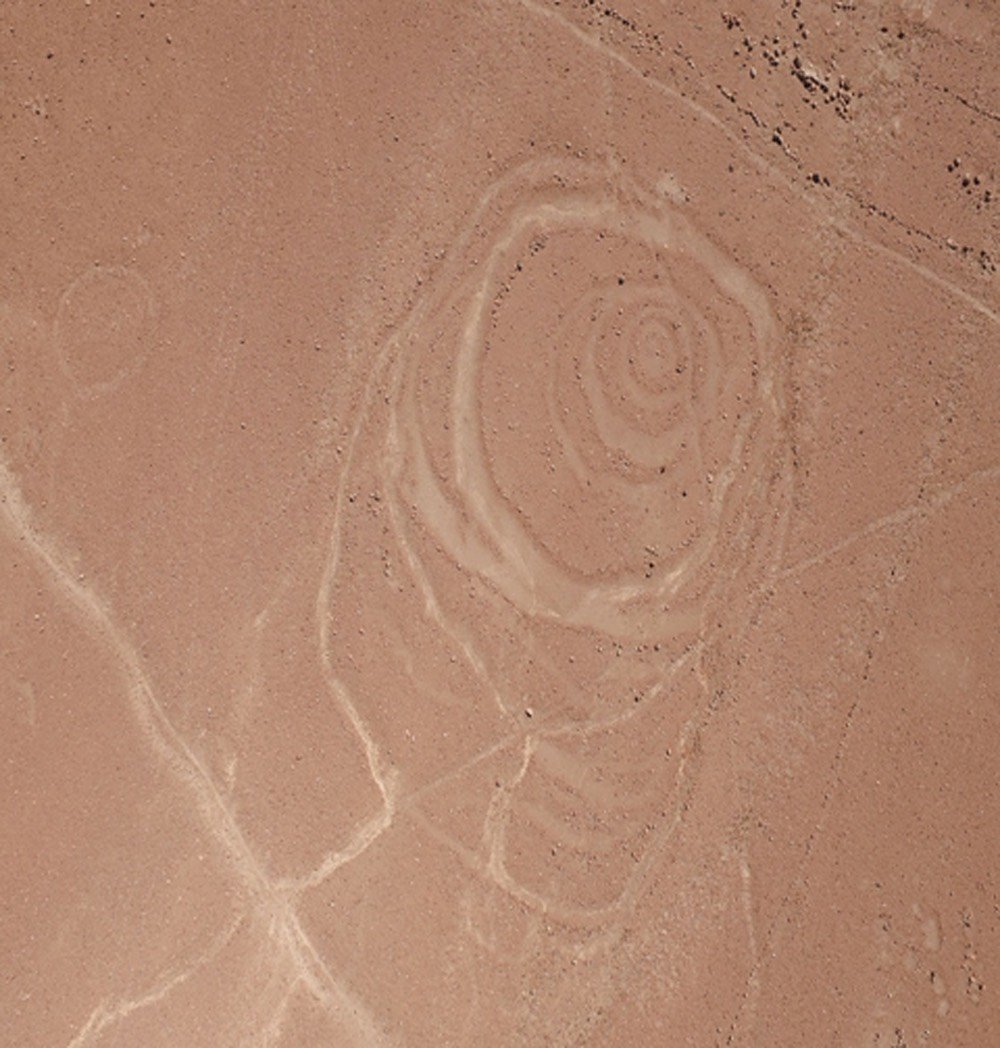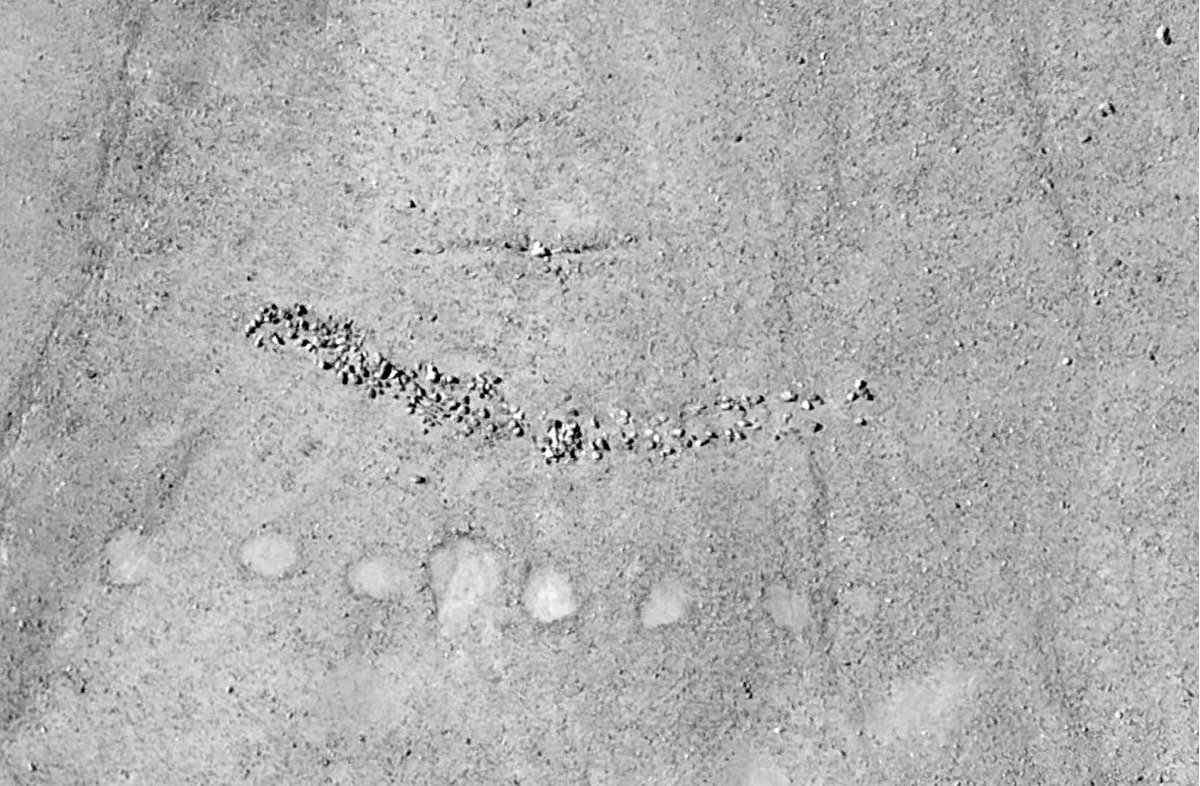
Geoglyphs are designs, which often form shapes or images, on the landscape. They are found all over the world; the most famous examples are located at Nazca, where thousands of such designs — from real and imaginary creatures to geometric shapes — have been etched into the Peruvian desert.
The newly mapped geoglyphs may have had symbolic significance, possibly representing the flow of people and goods through the town at the time, according to Justin Jennings, a curator at the Royal Ontario Museum in Toronto who is one of the team leaders. [See Images of the Mysterious Geoglpyhs in the Ancient Town of Peru]
Earthen rings
Jennings and his colleagues mapped the geoglyphs at Quilcapampa, in the Sihuas Valley, using a combination of satellite imagery, unmanned aerial vehicles (drones) and ground surveys. The smaller geoglyphs are visible from the ground, while the larger ones can be better seen from above. The archaeologists are trying to map as much of the landscape as they can before the area is developed for agriculture.

One geoglyph they mapped has at least six rings designed in an irregular pattern, with smaller circles embedded inside larger circles so that the overall design looks a little like a swirl. Also, some of the geoglyphs contain rock piles called cairns located beside or within them, the archaeologists said.
The size of the geoglyphs varies considerably. The one ring geoglyphs tend to be between two to four meters (6.6 to 13.1 feet) in diameter while the multi-ring geoglyphs can sprawl over 800 square meters, about the size of two NBA basketball courts put together.
Most of the geoglyphs were made "by removing surface stones to expose the sandy soil below," the archaeologists wrote in a paper set to be published in the Journal of Archaeological Science: Reports.
The scientists dated many of these geoglyphs to the Late Intermediate Period (A.D. 1050 to 1400). During that time, Quilcapampa supported a 70-hectare (173 acres) settlement that was a hub for trade, Jennings said.
Geoglyphs are not the only art the people of Quilcapampa were creating at that time. Numerous examples of rock art (called petroglyphs) that were etched onto the walls of cliffs have been documented near Quilcapampa in previous studies.
Why circles?
It's still a mystery why the people of Quilcapampa often used circles in geoglyph design; no writing system existed in Peru at that time to offer a possible explanation.
Jennings said that the team's mapping research shows that many of the geoglyphs are located beside or near pathways used in ancient trade.
During the period when Quilcapampa flourished, there was "much more interaction between the coast and the highland," Jennings said. The "circulation" of people and goods (including food) along these pathways was necessary for daily life — something the circular designs might symbolize, he added.
This summer, the researchers will resume their studies at Quilcapampa. The team's work is being supported by a grant from the National Geographic Society's Committee for Research and Exploration.



not so pretty as others, perhaps natural such as an EM affect?